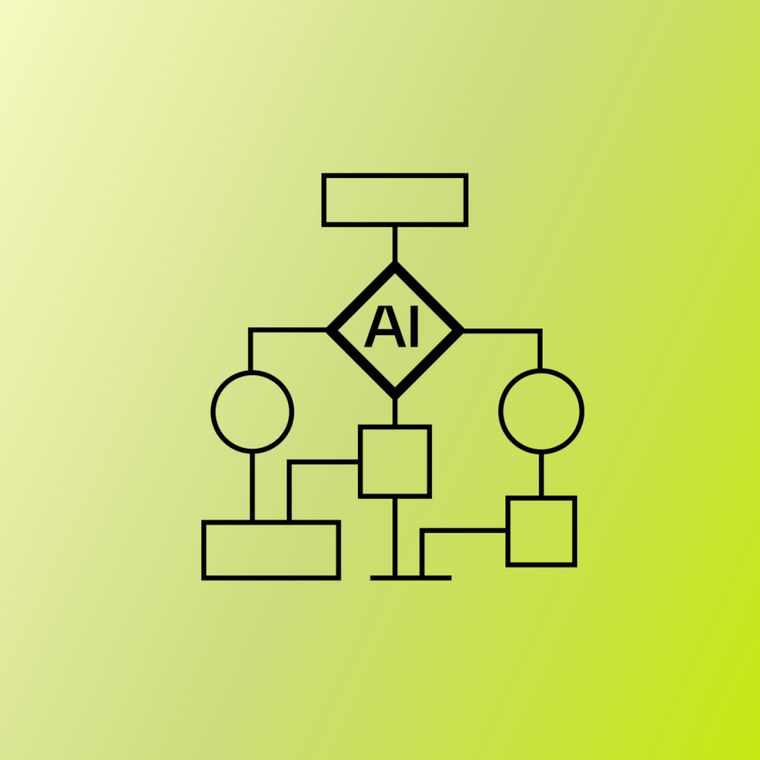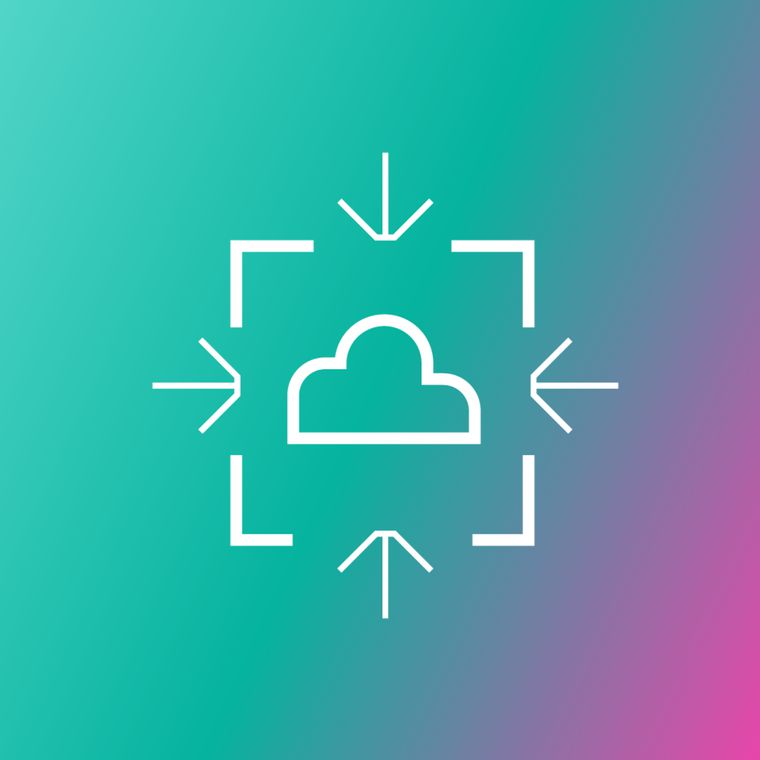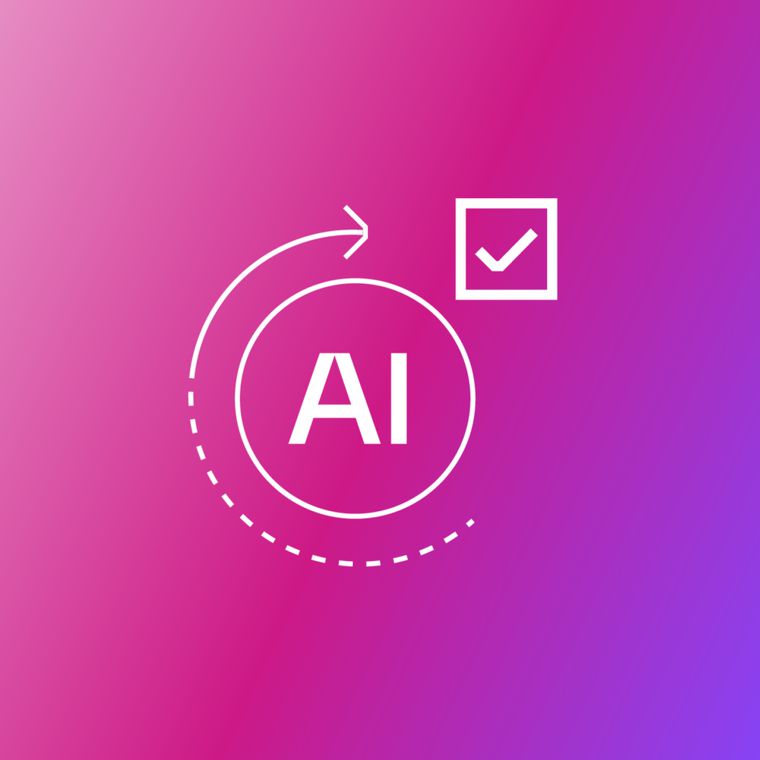How to Strengthen SaaS Data Protection Through Email Security
Boost SaaS data protection by integrating strong email security practices that safeguard sensitive information and prevent breaches.
September 9, 2025
SaaS breaches surged by 300 percent in the 12 months since September 2023, exposing how traditional security measures fail to prevent modern attacks. Adversaries now exploit the intersection of email and SaaS applications, where siloed defenses create blind spots that attackers can move through undetected.
Once a phishing email compromises credentials, intruders pivot into connected SaaS platforms. Password reuse, excessive privileges, and misconfigured integrations open multiple pathways for persistent access and data theft. These weaknesses often turn a single inbox compromise into full cloud exposure.
The sharp rise in SaaS breaches underscores an urgent need for unified defenses. Security leaders must link email protection with SaaS visibility to close gaps that attackers exploit with confidence. Leveraging behavioral AI to detect anomalies across both environments strengthens data protection, prevents lateral movement, and safeguards the critical information stored in SaaS applications.
The Cost of Poor Network Visibility
Network blind spots between email infrastructure and SaaS applications cost organizations millions annually through undetected breaches, data exfiltration, and compromised customer trust. When security teams cannot correlate inbox activity with downstream SaaS actions, attackers move freely through poorly monitored APIs, tokens, and misconfigured sharing settings until files disappear or invoices redirect to fraudulent accounts.
Attackers follow predictable patterns: harvest credentials through phishing emails, pivot through unmonitored OAuth grants, then exfiltrate data through legitimate SaaS channels. Every missed log, dormant admin account, or untracked permission change widens these visibility gaps and increases financial impact. The following strategies eliminate these blind spots through comprehensive, real-time monitoring across email and SaaS environments.
1. Deploy Comprehensive Network Monitoring Tools
API-level integration provides continuous visibility across your email and SaaS estate without routing traffic through gateways or adding network latency. Modern email security platforms connect through Microsoft Graph API, Google Workspace APIs, and native interfaces to embed directly inside cloud environments where threats originate.
This architecture inspects every message, permission change, and user action in real time through OAuth scopes that provide read-only, least-privilege access. Even if monitoring sensors face compromise, the blast radius remains limited while visibility continues uninterrupted. Advanced solutions layer behavioral analytics to correlate anomalies across mailboxes with activities in Salesforce, Slack, or any of the SaaS applications typical organizations run.
Native monitoring maintains near-zero latency while eliminating network blind spots that attackers traditionally exploit. The platform flags suspicious data pulls or rogue OAuth grants before data leaves the environment, providing comprehensive visibility without performance degradation or architectural complexity that legacy solutions require.
2. Implement Endpoint Detection and Response (EDR)
Treating each cloud inbox as a monitored endpoint creates continuous threat detection and response capabilities across your email environment. Modern API-native security platforms stream rich telemetry from Microsoft 365 and Google Workspace in real time, applying behavioral analytics to flag anomalous logins, suspicious forwarding rules, or unexpected OAuth grants within seconds of occurrence.
Post-delivery remediation capabilities automatically pull malicious messages from every mailbox immediately after detection, limiting user exposure without manual intervention. Research shows attackers reach core SaaS systems in under nine minutes after credential theft from phishing emails, making continuous monitoring critical for preventing lateral movement.
This approach provides immediate visibility into account takeover attempts, SaaS-to-SaaS phishing, and lateral movement patterns that legacy gateways miss. Treating email as an endpoint closes security gaps and delivers the real-time detection capabilities necessary to prevent SaaS data exposure before it has a business impact.
3. Centralize Logging and Create Correlation Rules
Centralized logging transforms disparate security tools into a cohesive defense system by creating unified visibility across email threats and SaaS activity. This approach eliminates blind spots through three key capabilities that work together to detect and respond to sophisticated attacks.
Policy Management Through Centralized Consoles
Managing policies through a single interface prevents the fragmentation that legacy, on-premises gateways create. Organizations enforce consistent controls across every cloud mailbox and collaboration application, regardless of user location, closing security gaps that attackers exploit when moving between systems. This unified approach ensures that security policies adapt automatically as new SaaS applications are integrated into the environment.
Continuous SIEM Integration
Log streams feed directly into your SIEM platform, enabling proactive threat hunting and automated response workflows. These systems pull malicious messages, disable compromised tokens, or quarantine suspicious files within seconds of detection. Speed matters when attackers pivot from phished inboxes to core SaaS systems in under nine minutes, making automated response essential for containment.
Smart Correlation Rules
Correlation rules transform isolated alerts into clear evidence of compromise by linking unusual logins, OAuth grants, and data transfer spikes across platforms. This approach identifies attack chains that individual tools miss, helping security teams contain SaaS data exposure before customers or regulators become aware of the impact. Rules are continuously refined based on new threat intelligence and organizational behavior patterns.
4. Monitor East-West Traffic, Not Just North-South
Attackers pivot laterally between connected SaaS applications through trusted API links and shared tokens, making east-west traffic monitoring essential for modern security. Traditional perimeter defenses focus on north-south traffic while missing the lateral movements that occur entirely within sanctioned cloud services.
Modern phishing tactics exploit these trusted connections to move from Microsoft 365 into Salesforce or Slack without touching network perimeters. Once employees authorize malicious applications, the resulting OAuth grants persist through password resets and provide ongoing access that conventional security tools cannot detect or revoke.
Continuous inspection of event logs, token grants, and inter-app communications reveals abnormal permission changes, unexpected data transfers, and unusual peer-to-peer messaging patterns before damage occurs. Cross-platform visibility becomes essential for detecting SaaS-to-SaaS phishing campaigns that weaponize one business tool to compromise another through legitimate channels.
Every SaaS integration represents a potential attack corridor that requires monitoring. Internal traffic pattern analysis stops attackers before they expand access and exfiltrate sensitive data through channels that appear entirely legitimate for traditional security tools.
5. Gain Visibility Into Cloud and Hybrid Environments
Modern security platforms must extend beyond the inbox to track every communication channel that touches organizational data. API-based platforms integrate with Microsoft Teams, Slack, and other collaboration tools, analyzing messages, file shares, and OAuth permissions through the same console used for email security. This multi-platform coverage prevents attackers from sidestepping filters by pivoting to chat or file-sharing applications.
Enterprises juggle hundreds of interconnected SaaS applications, with each new integration introducing potential configuration drift. Unchecked cloud misconfigurations publish sensitive data to the internet or grant excessive privileges to third-party applications, creating silent entry points for spear phishers and token-stealing malware.
Feeding logs from every cloud and hybrid environment into a central engine enables continuous monitoring that catches anomalous access immediately, rather than months later during audits. End-to-end visibility across email, collaboration, and infrastructure shrinks the attack surface while reinforcing every other control, transforming scattered security tools into unified defense systems.
6. Include Email and Collaboration Platforms in Your Visibility Strategy
Extending monitoring from traditional inboxes to every channel employees use closes critical security gaps that comprehensive cloud visibility alone cannot address. Attackers exploit the constant switching between email, Slack, and Teams to siphon files, steal credentials, and establish persistence without triggering legacy controls.
Deep OAuth Permission Inspection
Continuous inspection of OAuth permissions prevents persistent access that persists even after password resets. When users approve malicious OAuth applications requesting "read and send" scopes, adversaries maintain access indefinitely. Mapping every token, permission, and cross-platform integration enables immediate revocation of unused or over-privileged grants before attackers abuse them for data exfiltration.
Unified Policy Enforcement
The average enterprise relies on multiple SaaS applications, making isolated management of these applications impossible. A single console that applies least-privilege rules, DLP policies, and anomaly detection everywhere ensures consistent protection as new tools appear. This unified approach reduces complexity while maintaining comprehensive security coverage across all communication channels.
Third-Party App Monitoring
Monitor applications that suddenly request broad scopes or begin exporting large message volumes. Blocking excessive permissions at the moment of consent eliminates easy paths to data exfiltration. This comprehensive visibility transforms scattered security controls into unified protection across your entire communication ecosystem, stopping attacks before they spread across platforms.
7. Use Behavioral Analytics to Spot Anomalies
Behavioral analytics detects threats that signature-based filters miss by identifying deviations from established communication patterns before traditional indicators appear.
Advanced behavioral engines establish baselines for every user, including typical communication partners, sending patterns, language style, and attachment characteristics. Self-learning AI continuously refines these baselines while assigning dynamic risk scores to new messages. When compromised accounts send requests from unfamiliar locations or unusual times, the system triggers immediate quarantine.
Content inspection adds another detection layer by scanning links and attachments for hidden threats while language models identify urgency cues common in business email compromise attacks. These systems focus on behavioral patterns rather than static indicators, reducing false positives while surfacing subtle social engineering attempts.
Behavioral analytics anchored in organizational communication norms provides real-time visibility into credential theft, OAuth abuse, and data exfiltration attempts before they compromise SaaS data or impact business operations.
Strengthen Your Security Posture with Comprehensive Visibility
Eliminating network blind spots requires layered visibility that covers every potential attack path between email and SaaS environments. The seven strategies outlined above work together to create comprehensive monitoring across your entire communication and collaboration ecosystem.
From API-level integration and behavioral analytics to centralized logging and east-west traffic inspection, each approach addresses specific vulnerabilities that attackers exploit to move from initial email compromise to full access to a SaaS environment.
There's a reason why organizations are moving beyond traditional gateway-based approaches to address modern email and SaaS security challenges. By implementing these interconnected defenses, you transform scattered security tools into a unified system that stops threats before they cause the multi-million dollar breaches that have become increasingly common.
Ready to eliminate blind spots and protect your SaaS environment from email-based attacks? Get a demo to see how Abnormal can provide comprehensive visibility and protection across your entire communication ecosystem.
Related Posts
Get the Latest Email Security Insights
Subscribe to our newsletter to receive updates on the latest attacks and new trends in the email threat landscape.


